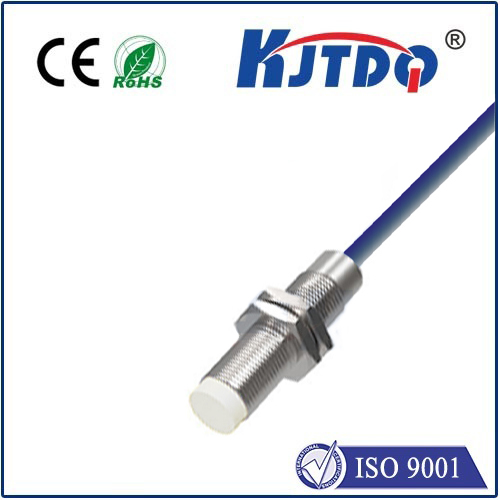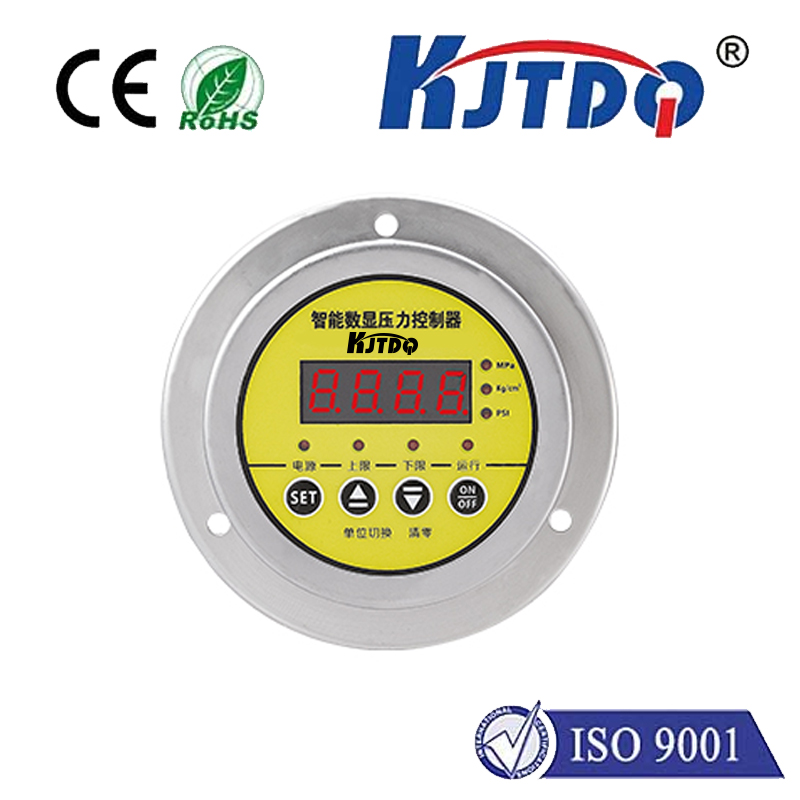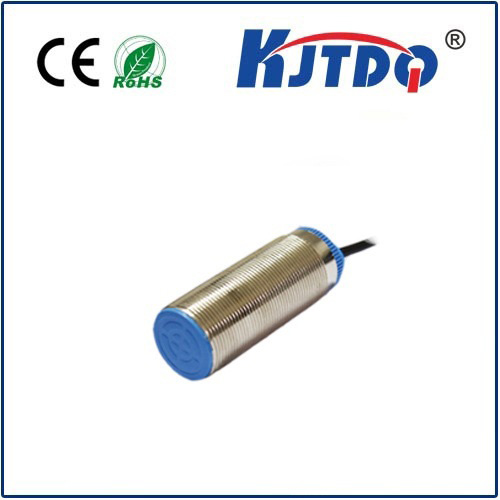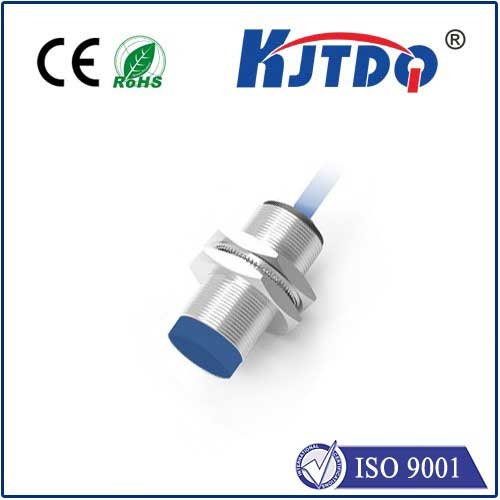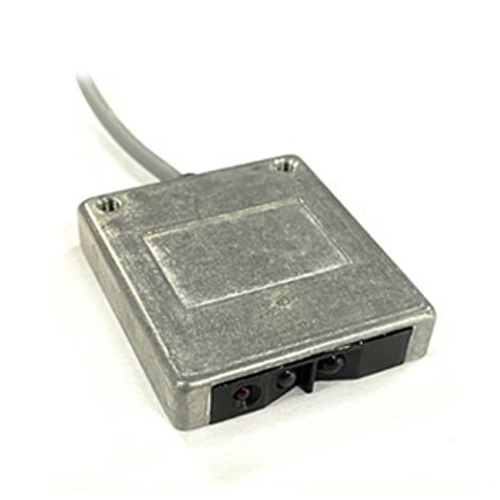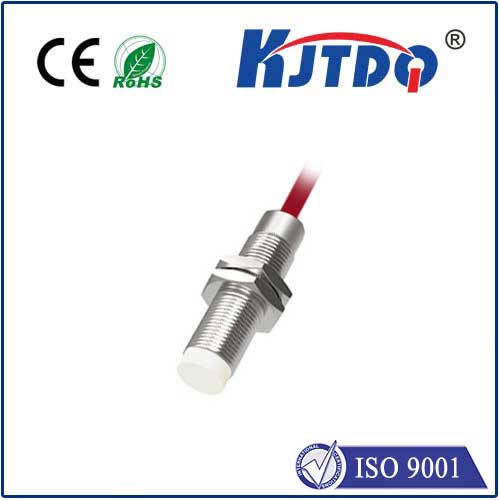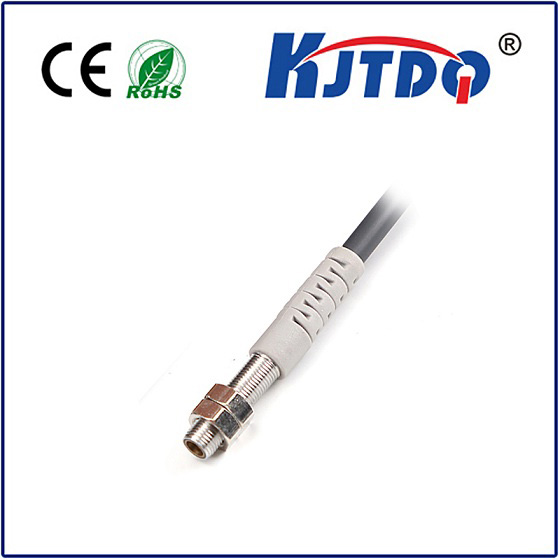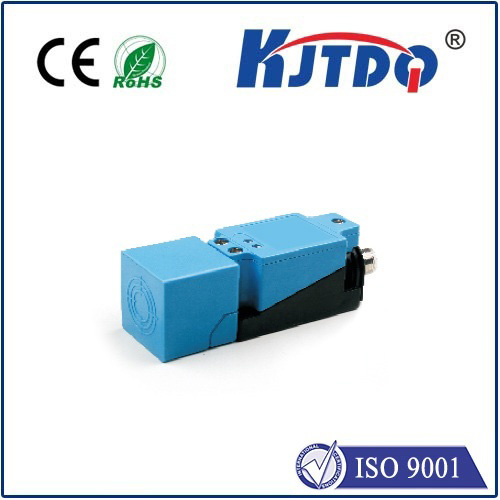flush non flush sensor
- time:2025-06-18 00:27:17
- Click:0
Flush vs. Non-Flush Sensors: Mastering Mounting for Optimal Performance
Ever had a sensor mysteriously fail because it got bumped, coated in gunk, or simply couldn’t “see” its target properly? The culprit might not be the sensor itself, but how it was mounted. In the precise world of industrial automation and process control, the distinction between flush mount sensors and non-flush mount sensors (often termed “flush non flush” in searches) plays a crucial, often underestimated role. Choosing the right mounting isn’t an afterthought; it’s fundamental to achieving reliable detection, maximizing sensor lifespan, and ensuring smooth operations.
These terms describe how the sensor’s face sits relative to its mounting surface. Understanding this difference unlocks the key to deploying sensors effectively in challenging environments.
The Low-Profile Protector: Understanding Flush Mount Sensors

- What it Means: A flush mount sensor is designed to be installed so that its sensing face sits perfectly level with, or slightly recessed within, the mounting surface. It’s embedded, presenting a smooth, continuous plane.
- Key Advantages:
- Superior Physical Protection: The biggest strength. Being flush shields the delicate sensing face from direct physical impacts. Forklifts bumping nearby? Falling debris? A flush sensor shrugs it off.
- Resistance to Buildup: In environments prone to dust, powder, splashing liquids, or sticky substances, a flush face prevents material from accumulating directly on the sensing element. This is critical in food processing, chemical plants, paper mills, and foundries.
- Reduced Snagging Risk: Its smooth profile minimizes the chance of objects catching on it during material handling or automated processes.
- Trade-offs:
- Potentially Reduced Sensing Range: Depending on the technology (inductive, capacitive, photoelectric), mounting flush can slightly decrease the sensor’s nominal sensing distance. The mounting material itself can influence the sensing field.
- Requires Precise Mounting: Achieving a truly flush fit requires precision machining of the mounting hole and careful installation. Poor fit negates the benefits.
- Prime Applications: Flush sensors excel where physical abuse or contamination is a constant threat: hydraulic cylinders (position feedback), conveyor guides detecting jams, machine guards, areas with heavy vibration or washdown requirements (IP69K designs).
Standing Out to See More: The Non-Flush Mount Sensor
- What it Means: A non-flush mount sensor protrudes from the mounting surface. Its sensing face is distinctly set forward, extending beyond the plane of the mounting bracket or panel.
- Key Advantages:
- Extended Sensing Range: This is the standout benefit. Protruding allows the sensor’s field (magnetic, capacitive, or light beam) to extend further into the detection zone compared to a comparable flush version. Crucial for detecting objects further away or through gaps.
- Greater Installation Flexibility: Easier to install in many scenarios as precise counter-boring isn’t needed. Often requires just a simple through-hole.
- Potential for Larger Sensing Faces: The protruding design can accommodate larger sensing elements, sometimes translating to increased sensitivity or range for certain technologies.
- Trade-offs:
- Susceptibility to Damage: The exposed face is vulnerable to impacts, collisions, or crushing forces. A stray pallet or tool can easily destroy it.
- Prone to Contamination Buildup: Material buildup directly on the exposed face can block sensing capabilities, requiring frequent cleaning in dirty environments.
- Increased Snagging Hazard: The protruding element presents a physical obstacle that passing objects or tools can catch on, potentially damaging both the sensor and the object.
- Prime Applications: Non-flush sensors shine where maximum range or specific mounting angles are needed: detecting objects across wider conveyors, presence sensing inside bins or tanks (from the top/side), applications with ample clearance and minimal physical risk, and tasks requiring detection through openings.
Flush vs. Non-Flush: Deciding the Critical Factors
Choosing isn’t about “better” or “worse,” but about “the right tool for the job.” Make an informed decision by rigorously evaluating these factors:
- Environmental Hazards (The #1 Question): Is the sensor in a physically harsh zone? Think impacts, vibration, flying debris. Flush mounting offers essential protection. Is it a dirty, wet, or sticky environment prone to coating the sensor? Flush mounting prevents critical buildup. If the environment is relatively clean and protected, non-flush becomes viable.
- Required Sensing Range: Does your application demand detecting objects at the sensor’s maximum possible distance? Non-flush sensors typically provide the edge here. Can you achieve reliable detection with a slightly shorter range afforded by a flush model? If yes, and environmental factors are harsh, flush might be safer.
- Target Object Properties: What are you detecting? Size, material (metal, plastic, liquid), and surface characteristics matter. Some sensor technologies inherently perform better in flush or non-flush configurations depending on the target. Confirm specifications.
- Available Mounting Space and Precision: Can you achieve a clean, precise flush mount? If machining a perfect counterbore is impractical, non-flush offers simpler installation. Ensure the protruding sensor won’t interfere with moving parts.
- Sensor Technology Matters: The implications of flush vs. non-flush vary:
- Inductive Proximity Sensors: Flush mount types are shielded – their magnetic field emerges mainly from the front face. Non-flush types are unshielded – their field extends radially around the sensor body, offering longer range but potentially causing unwanted side detection if mounted near metal. Shielded vs unshielded is intrinsically linked to flush/non-flush capability. Understanding this distinction is paramount.
- Capacitive Sensors: Flush mounting reduces sensitivity to the mounting material, while non-flush maximizes sensitivity and range.
- Photoelectric Sensors: Flush mounting protects lenses but can limit aperture size. Non-flush allows larger lenses/better light collection and precise beam alignment.
Beyond the Binary: Making it Work
- Manufacturer Specifications are Gospel: Never assume the range or performance figures for one mounting style apply to the other. Always consult the sensor’s specific datasheet. It details rated sensing distances explicitly for flush and non-flush mounting.
- Proper Installation is Non-Negotiable: For flush sensors, a poorly machined or uneven mounting surface creates a recessed pocket for dirt collection or exposes part of the face, defeating the purpose. Ensure a truly smooth, continuous surface.
- Regular Maintenance: Even flush sensors need periodic checks. Ensure seal integrity isn’t compromised. Non-flush sensors demand more frequent cleaning of the exposed face.
- Protective Accessories: Consider protective cages or brackets for vulnerable non-flush sensors in moderate-risk areas. These provide some impact resistance without fully recessing the sensor.
Conclusion: Mounting Mindset is Mission-Critical
The “flush non flush sensor” dilemma is far from trivial. It directly impacts sensor reliability, longevity, and ultimately, the efficiency and safety of your process. By prioritizing environmental assessment, range requirements, and a deep understanding of how sensor technology interacts with mounting style, you move from simply installing a sensor to strategically deploying it. Choosing between flush and non-flush isn’t just about fitting a component; it’s about engineering a robust and dependable sensing solution. Invest the time to choose wisely – your production line will thank you with fewer headaches and unexpected downtime. Remember to always verify specifications and ensure meticulous installation for whichever style best serves your unique application demands.












